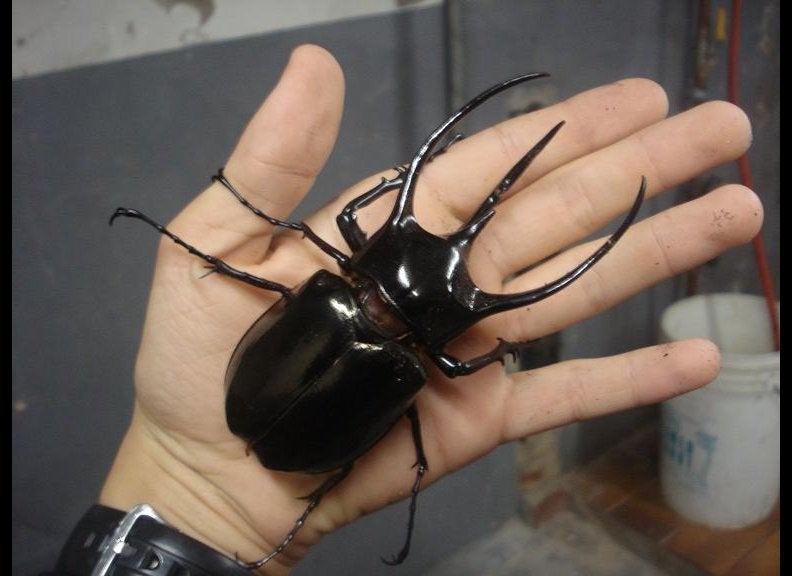
By Sid Perkins
Most creatures need a good sense of balance -- especially tree-dwellers that swing among high branches. In mammals, the ability largely comes from three loop-shaped structures in the inner ear called semicircular canals; in most species, the size, shape, and arrangement of those loops (inset) is extremely consistent from one individual to another. But in three-toed sloths (such as Bradypus variegatus, the brown-throated three-toed sloth, pictured), many proportions of the semicircular canals are surprisingly variable from one sloth to another. The overall variability is at least twice that seen in other species of mammals the team analyzed, researchers report online today in the Proceedings of the Royal Society B. That high degree of variation stems from the sloths' languid lifestyle, the researchers suggest. Sloths, which move extremely slowly when they move at all, don't require the sense of balance that a swift, agile creature such as a primate needs. The finding supports one of Charles Darwin's notions about evolution: If an organ isn't crucial, variations in its structure or performance aren't lost over time, keeping the potpourri in the population.
Original article:
